Women’s and Children’s Hospital
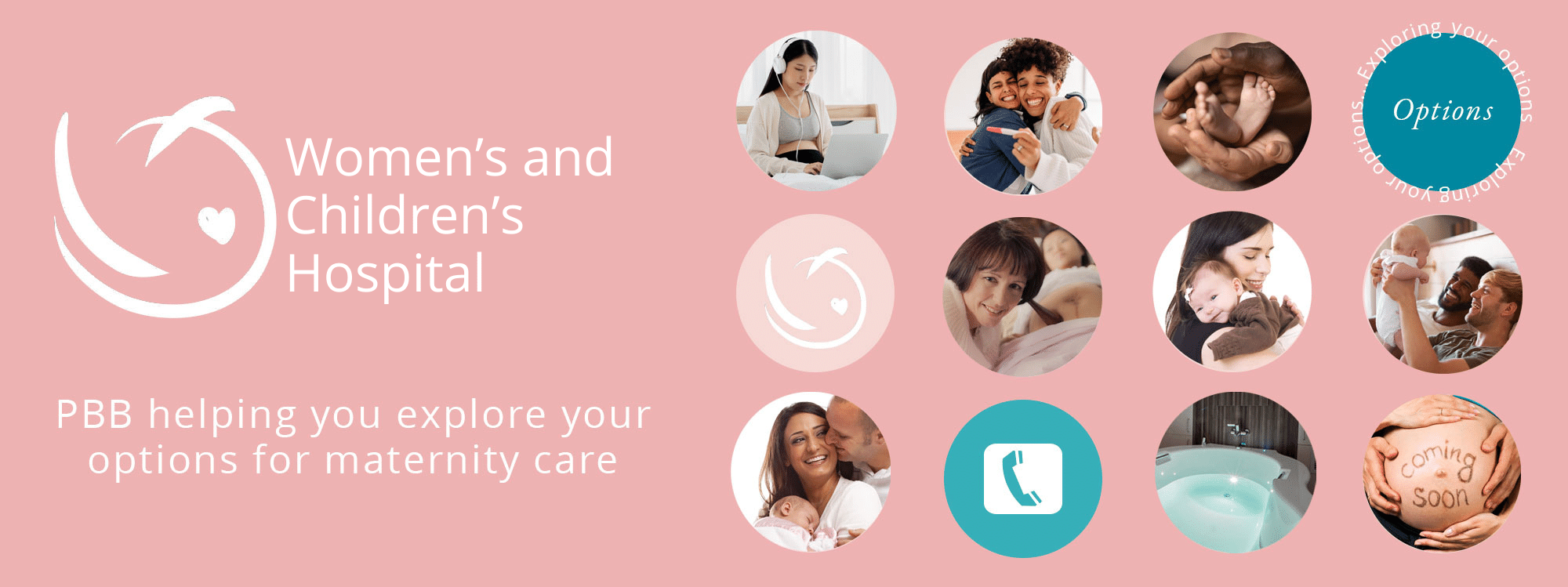
Women’s and Children’s Hospital is located at 72 King William Rd, North Adelaide, SA 5006. During your pregnancy, you have several options regarding the type of pregnancy care you receive. They have a midwives clinic for public patients, where you will see the same midwife for most visits if you attend. A different team of experienced midwives will assist you during and after the birth of your baby. Moreover, suppose you want to be cared for by the same midwife throughout your pregnancy, childbirth, and your first 6 weeks at home after birth. In that case, you can avail of their Midwifery Group Practice or Caseload Midwifery.
The hospital provides a range of free antenatal education and support to mothers who are planning to give birth with them. Also, the sessions are open to private patients if they are booked to give birth at WCH. You will need a WCH hospital record number to complete the booking process.
Maternity Facilities
The hospital’s maternity delivery suite is a 16-bed combined Labour Ward and High Dependency Unit. Care is provided for women by midwives and medical staff during normal labour and birth and for women experiencing complications before or after the birth of their baby. Furthermore, all rooms are single and are identically equipped, so women do not need to transfer from room to room within the Delivery Suite if their condition changes.
The Neonatal Intensive Care Unit (NICU) is a 14-bed unit responsible for providing care for babies needing intensive (Level 6) care. They also have a Special Care Baby Unit (SCBU), a 35-bed unit caring for babies needing short and long-term observation and specialised care.
Hospital Address
72 King William Rd, North Adelaide SA 5006
08 8161 7000
Website Women’s and Children’s Hospital – Maternity
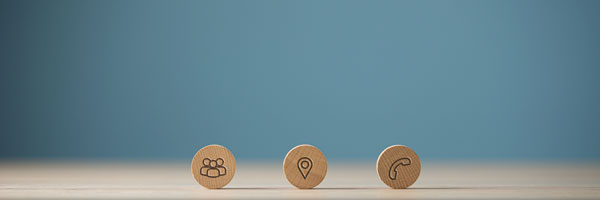
Women’s and Children’s Hospital Map
Women’s and Children’s Hospital Services
Midwifery Antenatal Clinic
Women’s and Children’s Hospital has a midwifery-run antenatal clinic.
Preparation for Birth Classes
Women’s and Children’s Hospital preparation for birth classes.
Caseload Midwifery Practice
A caseload midwifery program is where one or two midwives care for you through pregnancy, birth and beyond. Women’s and Children’s Hospital offers this option.
Publicly funded homebirth program
Women’s and Children’s Hospital offers a free homebirth program for low risk women.
Parenting Classes
Women’s and Children’s Hospital offers parenting classes.
Breastfeeding Classes
PBB is unsure if Women’s and Children’s Hospital offers breastfeeding classes.

Does Women’s and Children’s Hospital have visiting private midwives?
UNKNOWN

Does Women’s and Children’s Hospital have visiting GP Obstetricians?
UNKNOWN

Does Women’s and Children’s Hospital have visiting Obstetricians?
YES
Hospital Facilities
Antenatal Beds
Birthing Rooms
Postnatal Beds
Special Care Nursery Beds
Neonatal Intensive Care Beds
Are there birth pools available for labour and birth?
Is warm water immersion available during labour? YES
Is waterbirth an available option? YES
Can I use an inflatable birth pool? YES
Birth centres are designed to be a home away from home. A birth centre is a separate unit located away from the standard birth unit. Birth centres encompass a philosophy that pregnancy and birth are normal, natural events in the life of a woman and her family.
NO a birth centre is not available at this hospital.
Does Women’s and Children’s Hospital have a birth centre?
Birth Suite Tour Video
No video available
What support is available if I have difficulties breastfeeding my baby?
Breastfeeding/lactation clinic? UNKNOWN
Lactation consultants on the postnatal ward? UNKNOWN
Accredited as a baby friendly hospital? YES

Baby-friendly accredited?
Women’s and Children’s Hospital is accredited under the global Baby Friendly Health Initiative program. The hospital supports breastfeeding, and lactation specialist midwives are on-hand to ensure babies are feeding well before going home.
Women’s and Children’s Hospital Statistics
PBB is unable to find separate statistics for individual hospitals in South Australia. The following statistics are from South Australia as a whole.
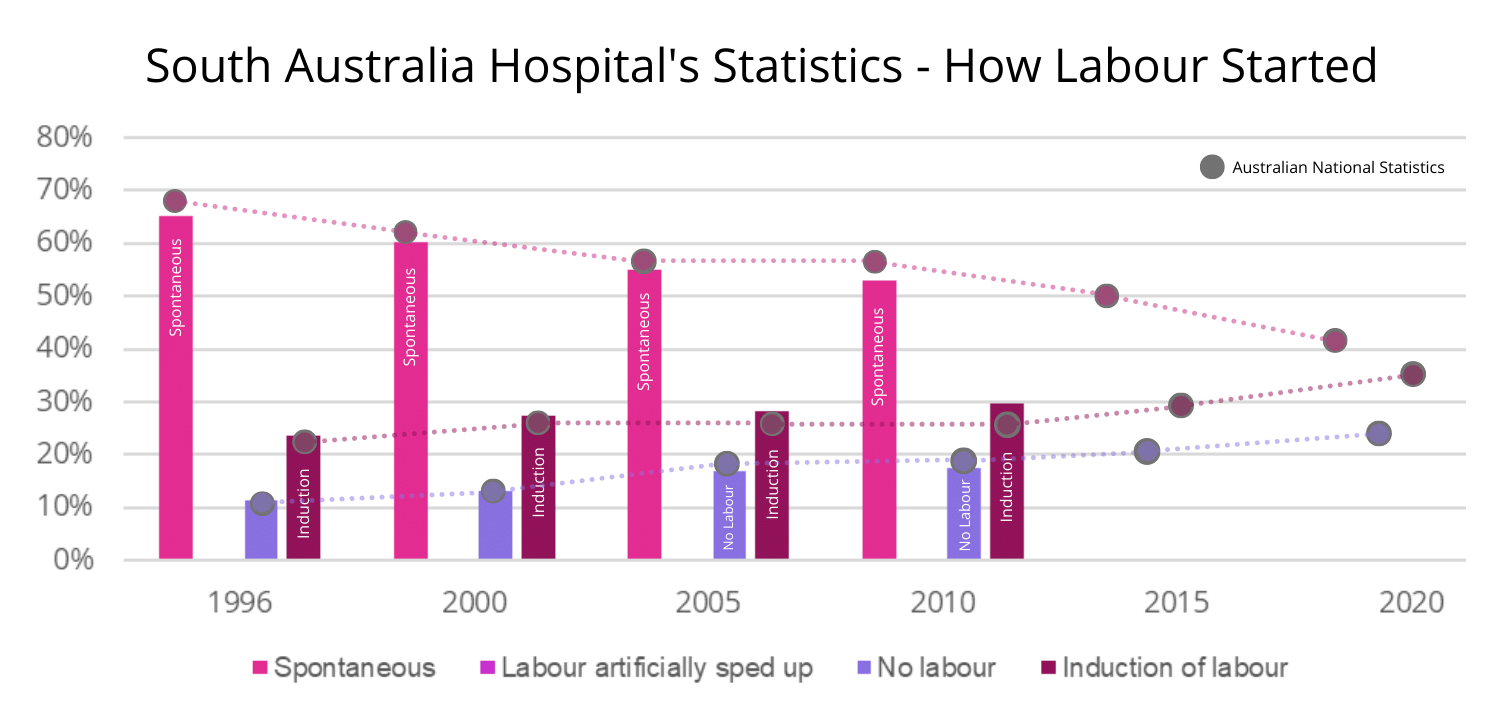
How a woman’s labour starts influences the chance interventions in labour. If labour starts spontaneously, there is less likelihood of interventions. In addition, if a woman has an induction of labour there is an increased chance of further interventions. In the above graph, spontaneous labour refers to labour that starts on its own. Furthermore, please note that South Australia statistics did not tell us if spontaneous labour is artificially sped up with medication or breaking of the bag of water. Therefore, this graph’s spontaneous labour includes labours sped up by medical intervention.
Induction of labour in PBB’s graph refers to one or more of the following interventions used to start labour:
- Artificial rupture of membranes
- Balloon catheter to open the cervix
- Prostaglandins placed in the vagina
- Synthetic oxytocin drug to start or speed up labour
No labour is when a woman has an elective (non-emergency) caesarean before labour starts.
There’s still no available data on How Labour Started in 2015 and 2020. Please contact us if you have access to the statistics for the missing years.
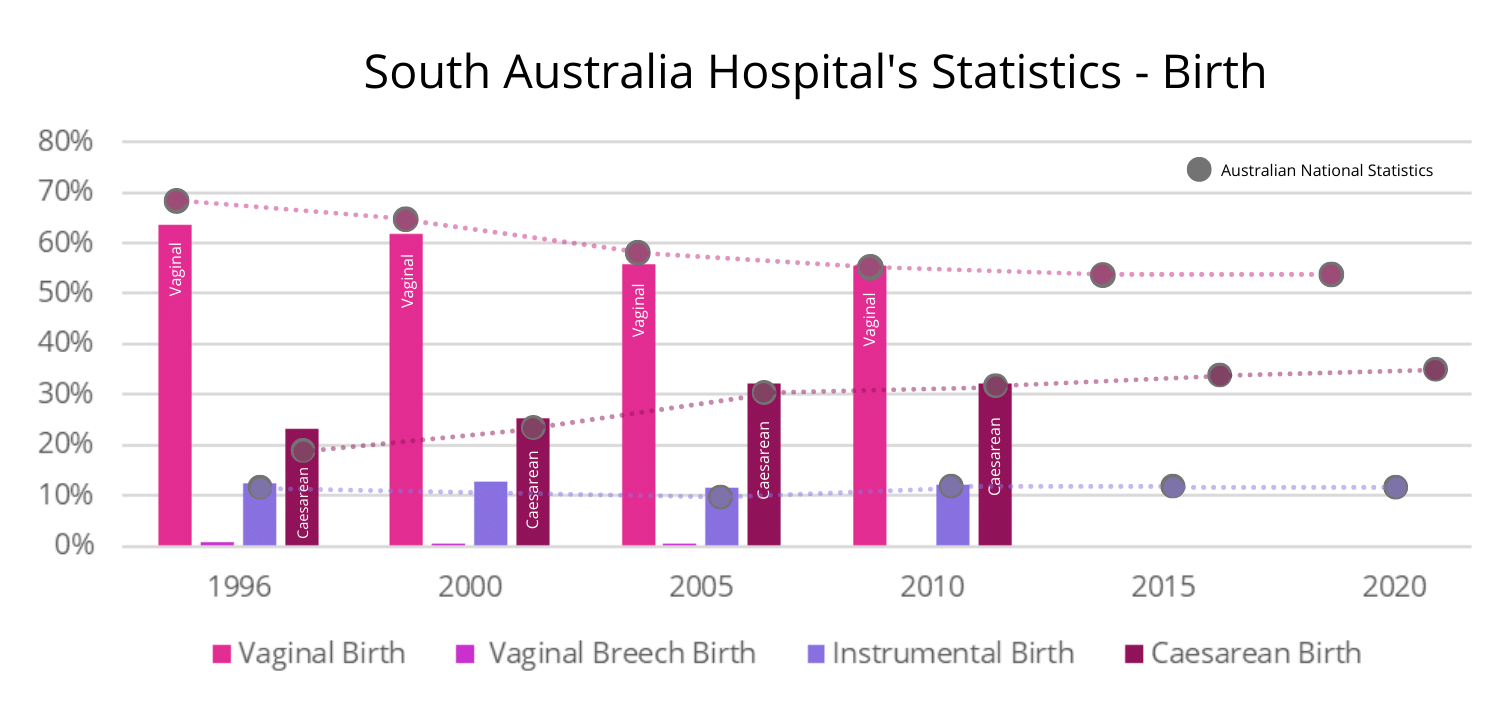
Since 1985, the World Health Organization (WHO) has recommended countries keep the caesarean birth rate between 10–15% to ensure mortality rates are kept low for mothers and babies (WHO’s last statement update was April 2015). Since 1995 the caesarean birth rate has increased every year across Australia. In 2010 the Caesarean birth rate in South Australia was more than double the WHO recommendation.
A small number of breech babies are born vaginally. Instrumental births include forceps birth and vacuum extraction. The caesarean birth rate includes both elective (planned) and emergency (unplanned) caesarean births.
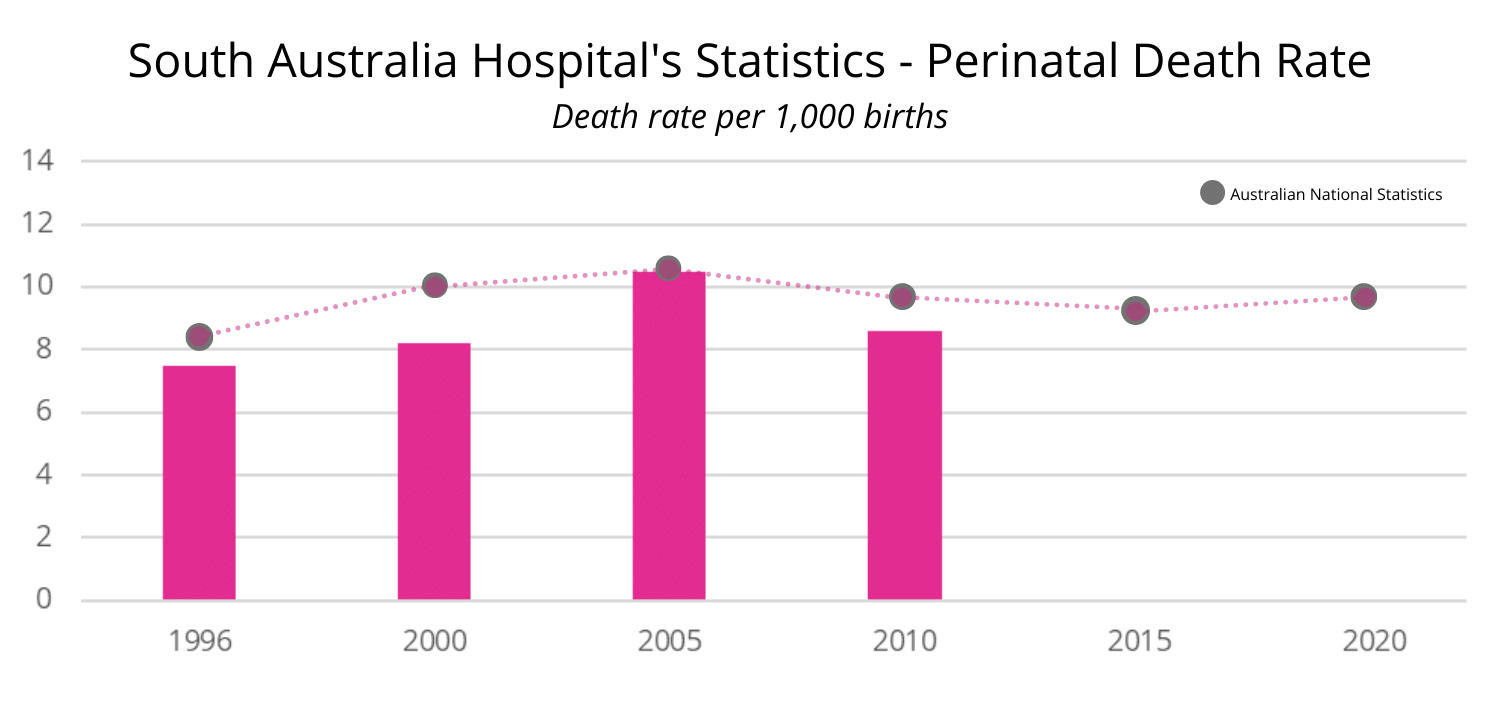
Please note that even though there is a dramatic increase in interventions in labour and caesarean birth – there is no change in the perinatal death rate.
PBB attained the data in the statistics from the Australian Institute of Health and Welfare (AIHW).
Photo Gallery
PBB has created this page to help you be informed about local maternity services. We’d love for you to send us photos of the hospital to include on this page. Send photos to our webmaster.
Date page published 7th September 2022
The post Women’s and Children’s Hospital appeared first on Pregnancy Birth and Beyond.





